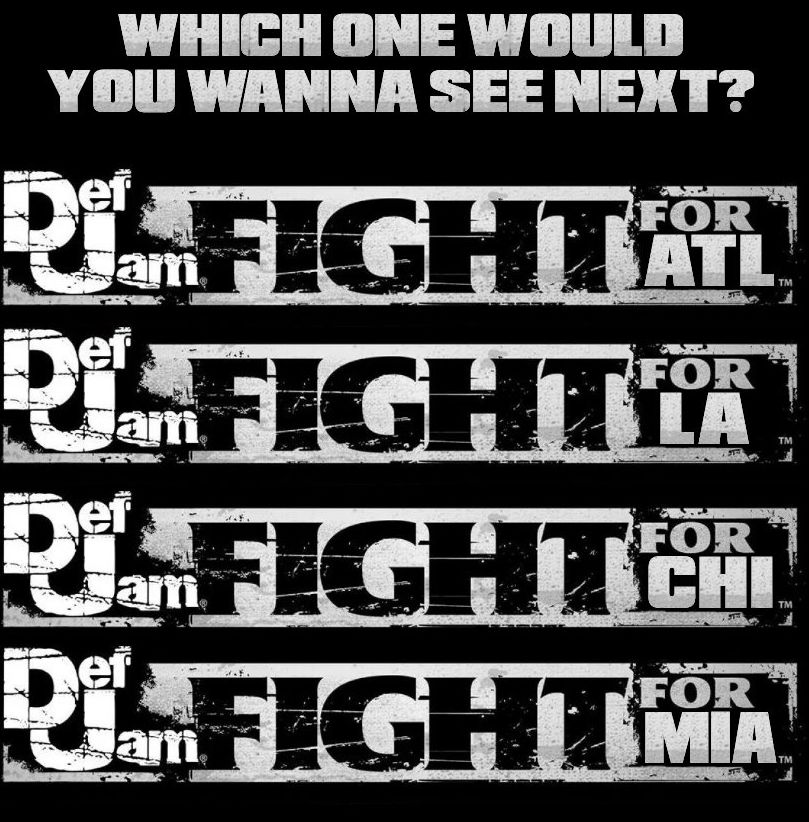
The camera pans through several sections of a neighborhood, including a building with a promotional poster for T.I. It is noted that the artists of the 4 songs initially offered are not accessible to sign while the other artists of the other songs are accessible to sign.Īfter creating a character, the story starts in a sequence where DJ Funkmaster Flex can be heard speaking to his audience on the radio with the instrumental of "I Do This" by Young Jeezy playing in the background. However, the songs that the players have an option to pick are "Got It Sewed Up (Remix)" by Mike Jones, "Back Then" also by Mike Jones, " Soul Survivor" by Young Jeezy featuring Akon, "I Do This", also by Young Jeezy, "Go Hard Or Go Home" by E-40, " Tell Me When to Go" also by E-40, " Sittin' Sidewayz" by Paul Wall featuring Big Pokey, and "Trill" by Paul Wall featuring Bun B and B.G., along with all fighting styles except Ghetto Blaster and Street Kwon Do, are locked.

The player can edit every aspect of the character's body and choose his fighting style and fighting song. The game's story mode, called "Build a Label", starts when the player is obligated to create his own "suspect" on an FBI computer. Funkmaster Flex, Russell Simmons, Kevin Liles, Mayra Verónica, Christine Dolce and Melyssa Ford appear as non playable characters.

The game features 29 playable characters, including real-life hip hop artists signed to Def Jam at the time, as well as original characters. During the match, fighters bleed and show visible signs of their injuries. With this, the environment can be used for gaining advantage and weakening the opponents by activating the environmental hazards when they are near. The game features a "turntable" action, where by spinning the right analog stick allows the character to manipulate the music and the environment for both players and shows the character as if they are using a DJ turntable in mid-air. The developers have added more damage to a fighter's punches and kicks if they occur " to the beat" or making a rapper stronger if one of their songs is playing.īy listening to the beat of the song and then timing a throw, the player can toss the opponent into an environmental hazard just as it goes off. Other changes will be purely cosmetic: hubcaps on cars will spin and twinkle to the beat of each song. For example, a column of fire shoots up from a ruined gas station on every " bass hit" of a song's chorus. Different events occur on the beats of each song - some of which are dangerous. The game makes unique use of synesthesia-inspired mechanics for a fighting game, in which there is a level of interactivity between music and the stages where hazards and the entire backdrop moves to the beat of the BGM. Among the environments are streets, subways, nightclubs, penthouses, BET's 106 and Park stage, and others. ĭevelopers aimed to make the music and the environment a much larger factor in the fight.

Also, like Round 3, there is no in-game heads up display by default, encouraging the player to observe physical cues on in-game characters to determine their health, such as clothing, bruises and exhaustion of the opponent.

Gameplay is similar to EA Chicago's Fight Night: Round 3, featuring a focus on up-close brawling, mixing up blocks, throws, parries, and using the right analog stick to deliver stronger attacks. However, throws and environmental damage remain in the game. The game's executive producer, Kudo Tsunoda, has stated that he did not feel that wrestling and hip-hop went particularly well with each other. Def Jam: Icon is less wrestling-oriented than the previous games, Def Jam Vendetta and Def Jam: Fight for NY.


 0 kommentar(er)
0 kommentar(er)
